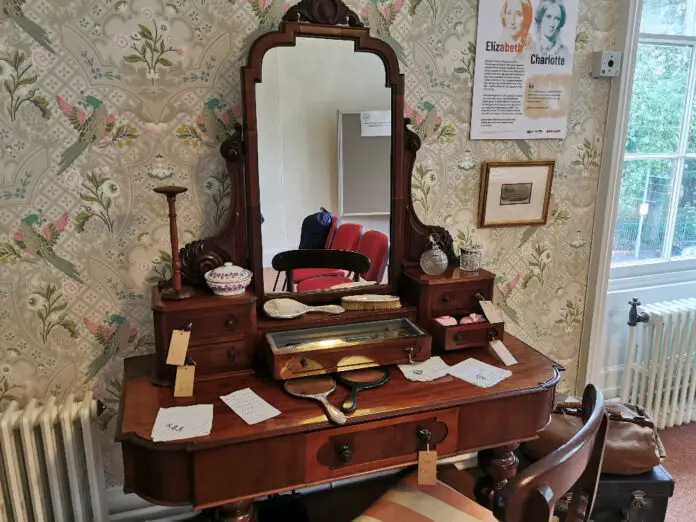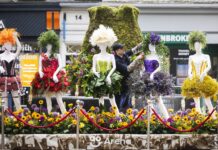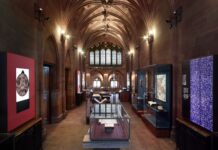A new permanent exhibition has opened at Elizabeth Gaskell’s House in Manchester that will explore Elizabeth’s role in Victorian society in a way that has never previously been done.
As well as being an acclaimed author Elizabeth Gaskell (1810–1865) was a radical changemaker of her time and one connected with other notable female reformers, as the exhibition in the new Brontë Room reveals.
The exhibition has been made possible by the generosity of the AIM Biffa Award History Makers grant, as part of the Landfill Communities Fund and has unlocked the wider world of Elizabeth Gaskell and her daughters Marianne, Margaret, Florence and Julia, making it an exciting addition to the visitor experience.
Beyond the domestic life of pretty sitting rooms, elegant formal rooms and the quintessentially English garden, Elizabeth didn’t just write about poverty, class divide and inequality in novels such as North and South she was an active citizen that wanted to see change.
The exhibition will explore how Elizabeth and her daughters played a role within the foundations of the trade union movement, supported soup kitchens and had a strongly philanthropic outlook.
It will also illuminate how closely associated Elizabeth was with the leading reformers, writers and artists of the time, who held her in high esteem, for example, her great friend Charlotte Brontë described her as “kind, clever, animated and unaffected.”
Amongst the circle of women that she would meet, invite to her home and correspond with were Harriet Beecher Stowe, George Eliot (Mary Ann Evans), Florence Nightingale, Christabel Pankhurst, Beatrix Potter and Annie Swynnerton.
The interactions the women shared are highlighted in a photo album that has been created for the exhibition and interactive screens will enable visitors to read some of the correspondence between Elizabeth and her circle of friends, including Charles Dickens.
A newly commissioned film, exploring the relationship between Charlotte Brontë and Elizabeth Gaskell, and a dressing up area are all part of the exhibition space, which fills what is known as the Brontë Room (named after Charlotte Brontë who stayed at the house on several occasions and would have likely slept in this room). There is also fun to be had with an interactive dressing table, a centre piece of the display. Through touch and sound, you are transported to a time of great excitement as Elizabeth prepares to attend the Art Treasures Exhibition held in Manchester in 1857; still recognised as the largest art exhibition ever held in the UK and possibly the world.
Sally Jastrzebski-Lloyd, House Manager at Elizabeth Gaskell’s House, says, “We are so thankful to the AIM Biffa Award History Makers grant, as part of the Landfill Communities Fund for supporting our vision for this exhibition. As well as extending perceptions of Elizabeth and exploring different aspects of her life, it helps to paint a fascinating picture of Victorian life – of women that shared not just passions in their work, but passions for change and improvements to the world around them. Elizabeth Gaskell was very much a woman ahead of her time, which is perhaps why her novels have held such relevance to generations of readers ever since.”







